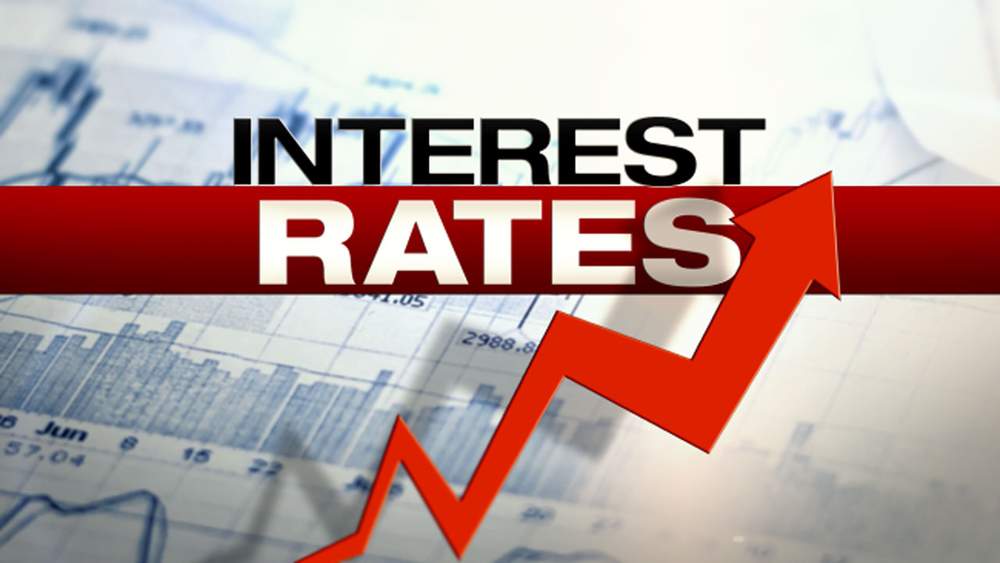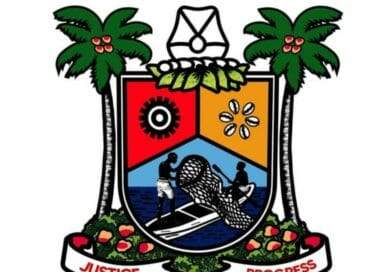Manufacturers Seek Cheaper Loans Amid Soaring Interest Rates
Atuime Terfa
Facing sky rocketing lending rates, Nigeria’s major manufacturers are sharply reducing their reliance on bank loans, turning instead to more affordable financing avenues to fund operations and expansion.
Sharp Decline in Bank Borrowing
Financial disclosures for the first nine months of 2025 reveal a 20.3% drop in combined bank borrowings by industrial firms — from ₦2.526 trillion in the same period in 2024 to ₦2.014 trillion. Analysts say this reflects growing unease with interest rates that regularly exceed 30%.
Cost of Credit Plunges
The shift away from bank debt is already delivering financial relief. Aggregate finance costs fell 52.8%, from ₦1.4 trillion to ₦662 billion. Meanwhile, manufacturers’ combined turnover jumped 37.9% to ₦10.1 trillion, and profits swung from a ₦116 billion loss in 2024 to a ₦2.5 trillion gain in 2025 — a remarkable turnaround.
Who’s Cutting Back?
BUA Foods slashed its loan book from ₦1.559 trillion to ₦1.105 trillion.
Nestlé Nigeria reduced borrowings from ₦653.70 billion to ₦521.01 billion.
Nigerian Breweries trimmed its debt to ₦162.17 billion from ₦204.17 billion.
Dangote Cement, Dangote Sugar, Guinness, International Breweries, and Champion Breweries reportedly took no new bank loans during this period.
Seeking Cheaper Alternatives
Manufacturers are increasingly funding growth through:
Equity markets via rights issues
Corporate bonds and commercial papers
Retained earnings
Rather than expanding through costly bank debt, many firms are prioritizing repayment of existing loans, often spending more on debt service than on capital projects.
Expert Analysis
David Adonri (HighCap Securities) warns banks may see shrinking income if the trend continues.
Dr. Muda Yusuf (CPPE) notes that high borrowing costs could weaken the banking sector’s role in industrial growth.
Clifford Egbomeade, public policy analyst, describes the move as “rational and defensive” given lending rates above 30%.
Risks and Wider Implications
Bank Earnings at Risk: Reduced corporate borrowing may squeeze interest income and widen the gap between financial institutions and real economic activity.
Fragile Industrial Recovery: Despite rising profits, inflation, energy costs, and infrastructure challenges could still constrain growth.
Policy Challenge: Analysts urge regulators to provide affordable credit channels, such as development banks or guaranteed-term financing, to reconnect manufacturers with capital.
As Nigeria’s industrial players recalibrate their financing strategies, the trend highlights both the resilience of the sector and the stress that high-cost credit imposes on the banking system. Whether this shift signals prudent financial management or foreshadows structural challenges for banks remains closely watched.








